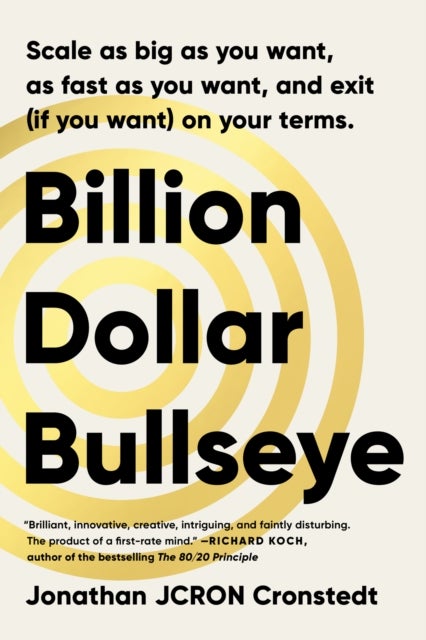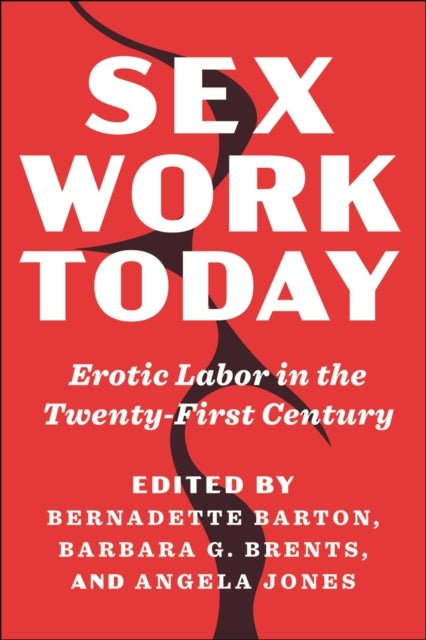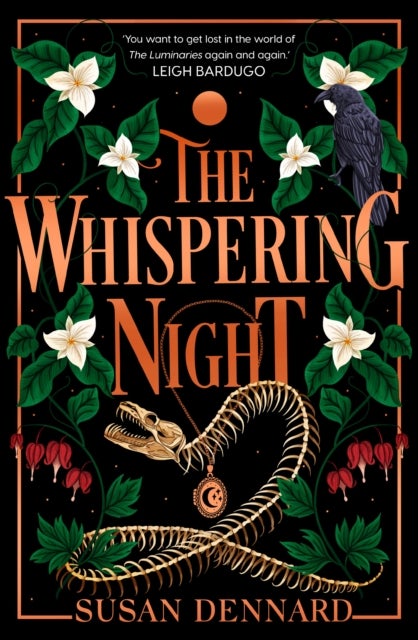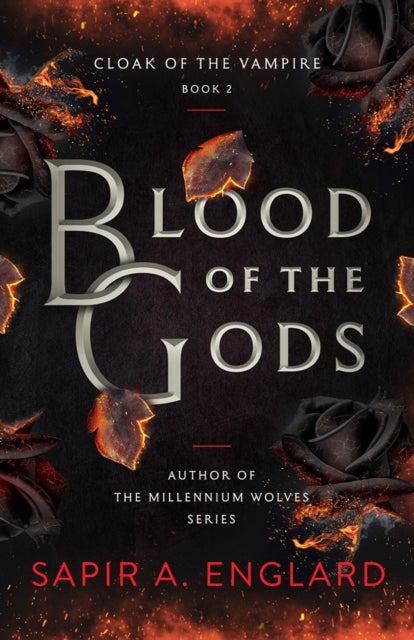
Destruction Was My Beatrice av Jed Rasula
279,-
In 1916, as World War I raged around them, a group of bohemians gathered at a small cabaret in Zurich, Switzerland. After decorating the walls with art by Picasso and other avant-garde artists, they embarked on a series of extravagant performances. Three readers simultaneously recited a poem in three languages a monocle-wearing teenager performed a spell from New Zealand another young man sneered at the audience, snapping a whip as he intoned his Fantastic Prayers." One of the artists called these sessions both buffoonery and a requiem mass." Soon they would have a more evocative name: Dada.In Destruction Was My Beatrice , modernist scholar Jed Rasula presents the first narrative history of Dada, showing how this little-understood artistic phenomenon laid the foundation for culture as we know it today. Although the venue where Dada was born closed after only four months and its acolytes scattered, the idea of Dada quickly spread to New York, where it influenced artists like Marcel Duch








